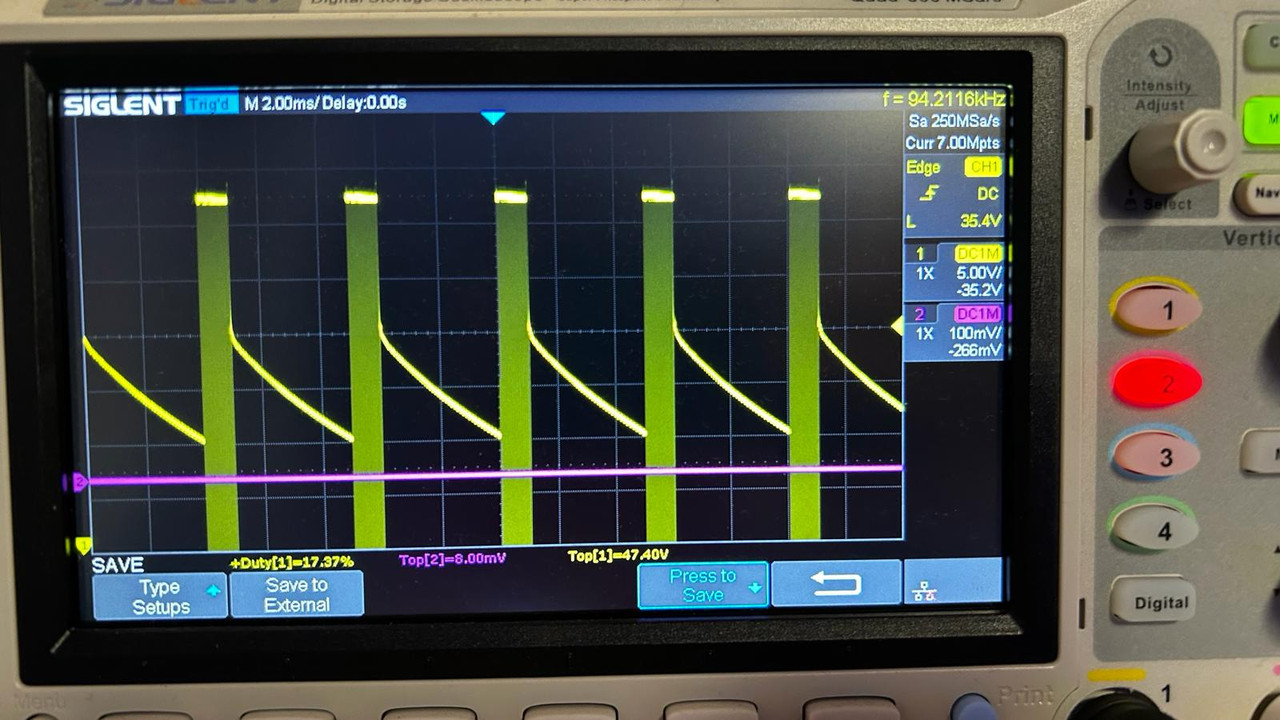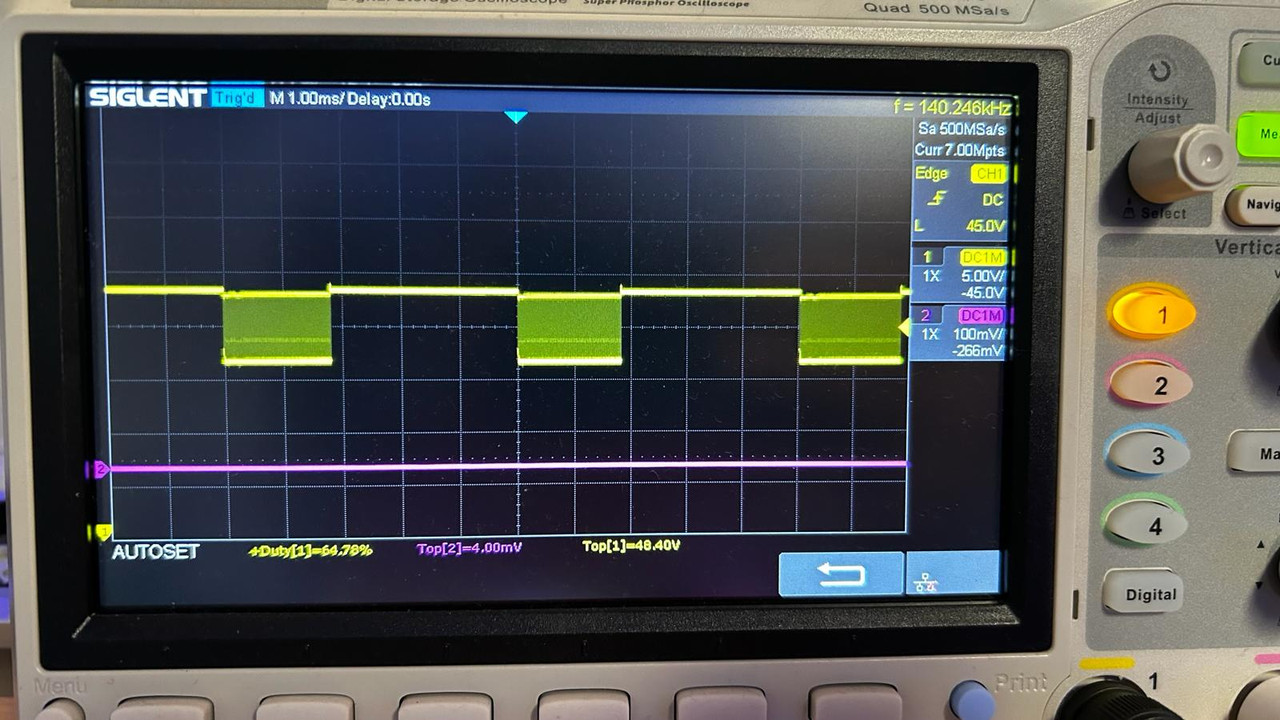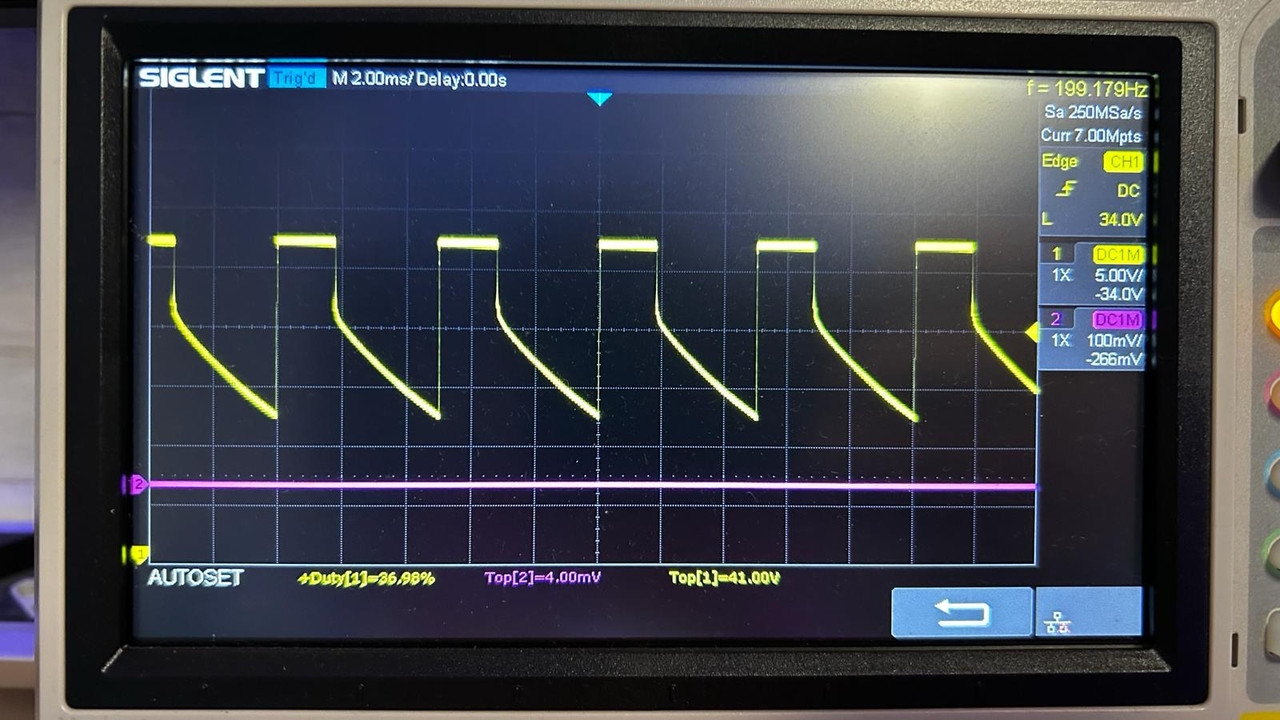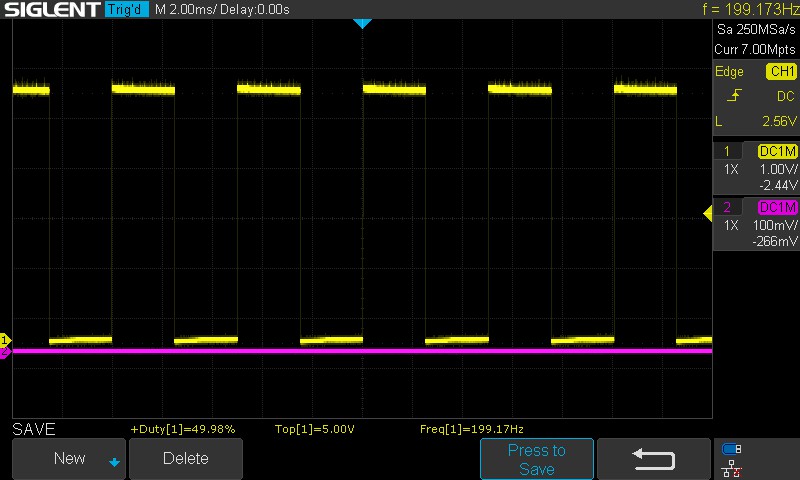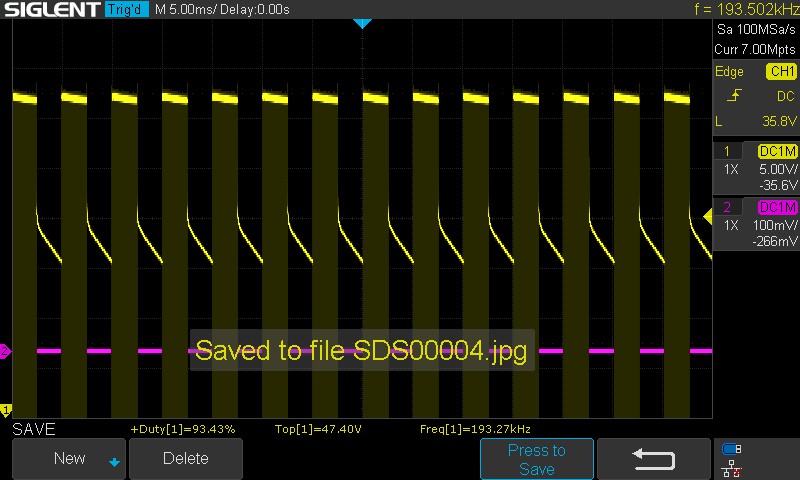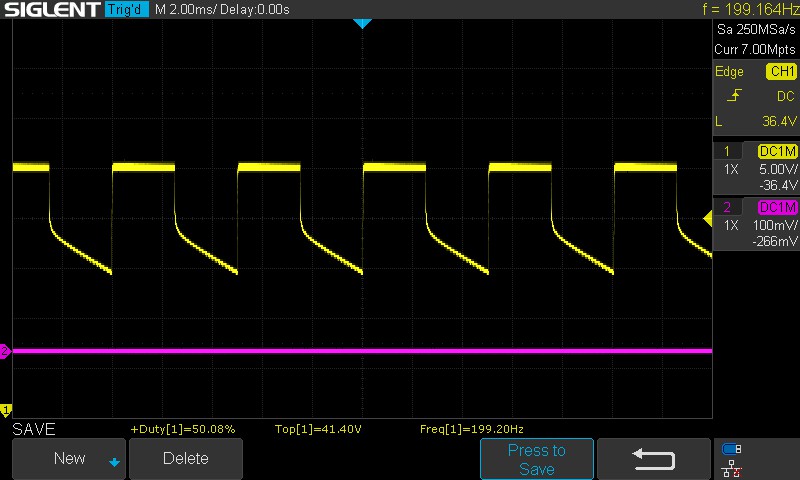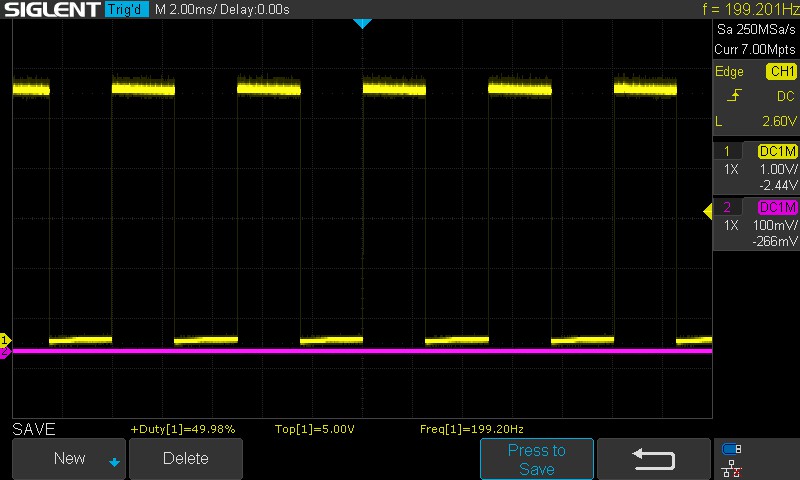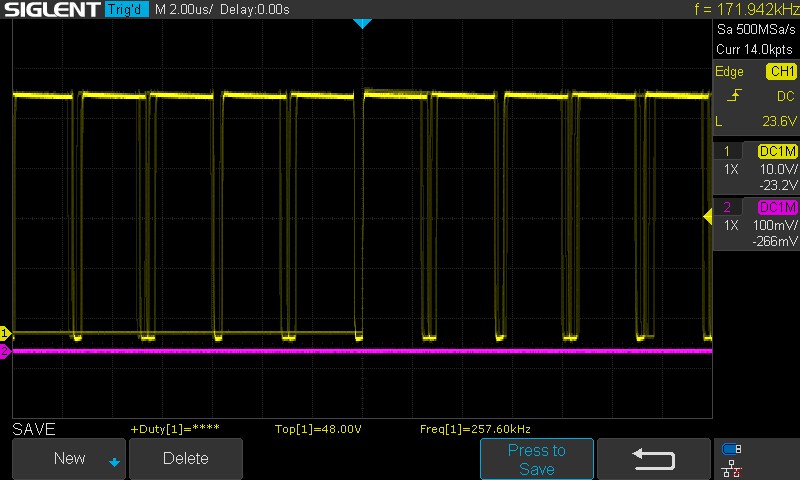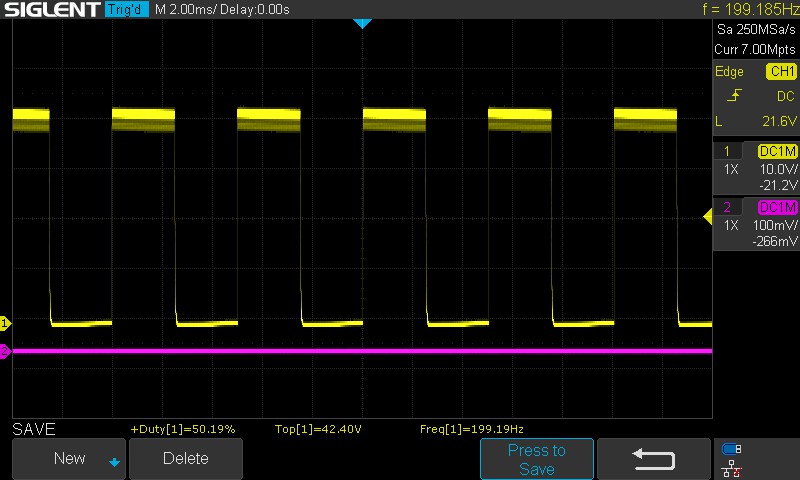Hi All,
I'm currently building a led driver based on LM3409HV.
In my test I've seen that using 1uF (for test I'm using cheap electrolytic cap) on output will solve noise problems.
Which cap should I use? I'm looking for an SMD 0805 100V cap.
Thank you very much!
Best regards
Simone


